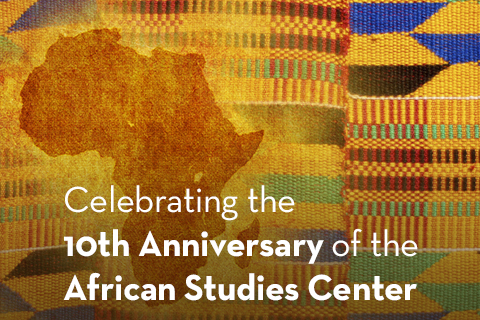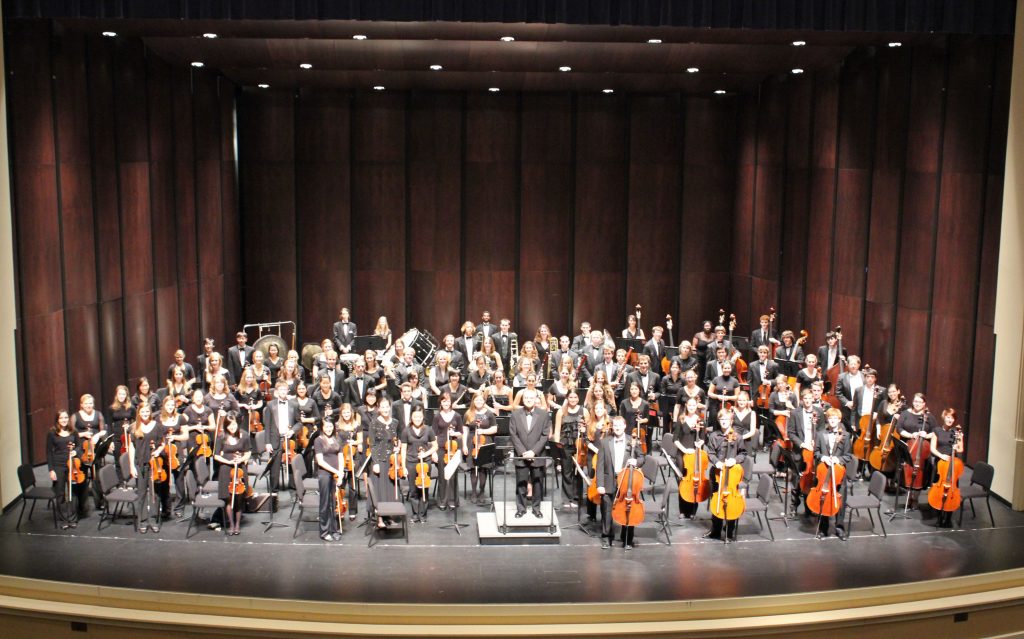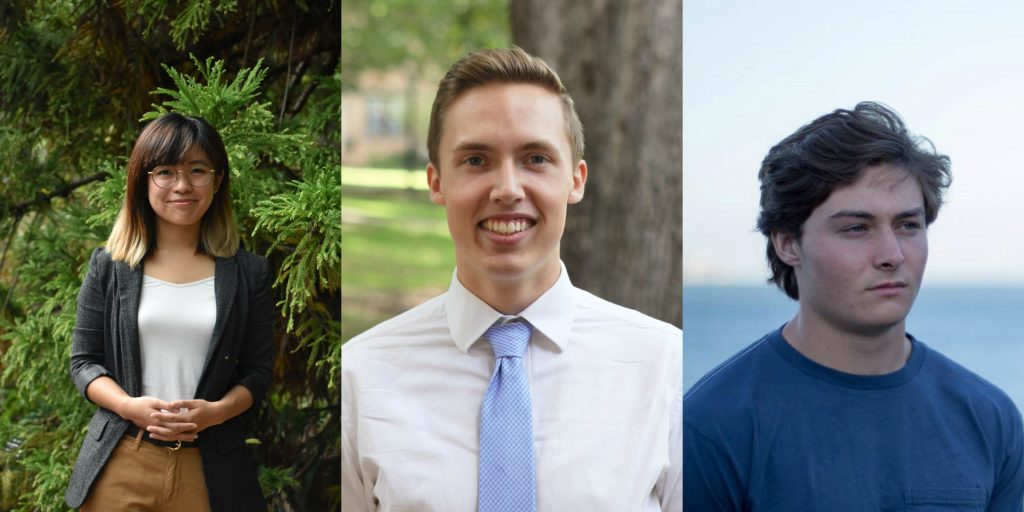
A multi-institution study focuses on the replications of the UMBC Meyerhoff Scholars program at Penn State University and UNC-Chapel Hill. The program is designed to increase diversity in STEM fields.
A new study published in the April 26 issue of Science highlights the successful replication of the University of Maryland-Baltimore County (UMBC) Meyerhoff Scholars program at Penn State University and UNC-Chapel Hill. At UNC, the program is called Chancellor’s Science Scholars.
“The Meyerhoff Scholars program has been called the “gold standard” for providing a path into STEM research for African Americans, Hispanics and economically disadvantaged white students who are underrepresented in the field,” writes UNC’s Viji Sathy in a piece in The Conversation, published April 30, titled “Here’s how to increase diversity in STEM at the college level and beyond.”
Based on the success of UMBC’s Meyerhoff program, researchers considered whether the program could be successfully replicated on other college campuses. They focused on UNC’s Chancellor’s Science Scholars program, which began in 2013, and the Millennium Scholars program at Penn State University, which began in 2012. The study found out that the answer is a resounding “yes.”
Key among the findings, scholars at both universities earned high GPAs with majors in science and continue to postgraduate programs, such as PhDs, MDs or other professional programs.

Sathy and Abigail Panter direct the assessment team that continuously evaluates how well the CSS program is doing for each cohort over time. Sathy is a teaching associate professor in psychology and neuroscience; Panter is senior associate dean for undergraduate education in the College of Arts & Sciences.
The UNC team works collaboratively with the two other evaluation teams at UMBC (for the Meyerhoff program) and Penn State (for the Millennium Scholars program) — designing and sharing materials, collecting common measurements, conducting scholar interviews, analyzing data and discussing patterns of findings from the three campuses. All sites collect data before the scholars even arrive at UNC, during their summer program, during all of their years at UNC and beyond.
Researchers identified several factors that may account for the successful findings:
- A full commitment to, and immersive training on, the entire Meyerhoff model. Unlike earlier attempts, UNC and Penn State implemented all aspects of the program.
- Strong campus leadership committed to the idea that diversity and inclusion in STEM is a University priority, and dedicated institutional resources (staff, dollars, development efforts) are provided to support this commitment.
- Early recruitment and training of full-time program staff, as well as high faculty participation on the campuses that led to the development and programming at each campus.
- A rigorously designed evaluation of the programs that use state-of-the-art methods that both regularly provide information back to the program, as well as track program scholars’ academic performance compared to similar science-interested students who did not benefit from the program.
UNC authors of the study in addition to Sathy and Panter include Thomas Freeman (executive director of the Chancellor’s Science Scholars), Michael Crimmins (distinguished professor of chemistry), Joseph Templeton (distinguished professor of chemistry) and Carol L. Folt (former UNC chancellor).
Read a story about the study on the UNC website.
Read an additional story on UMBC’s website.




